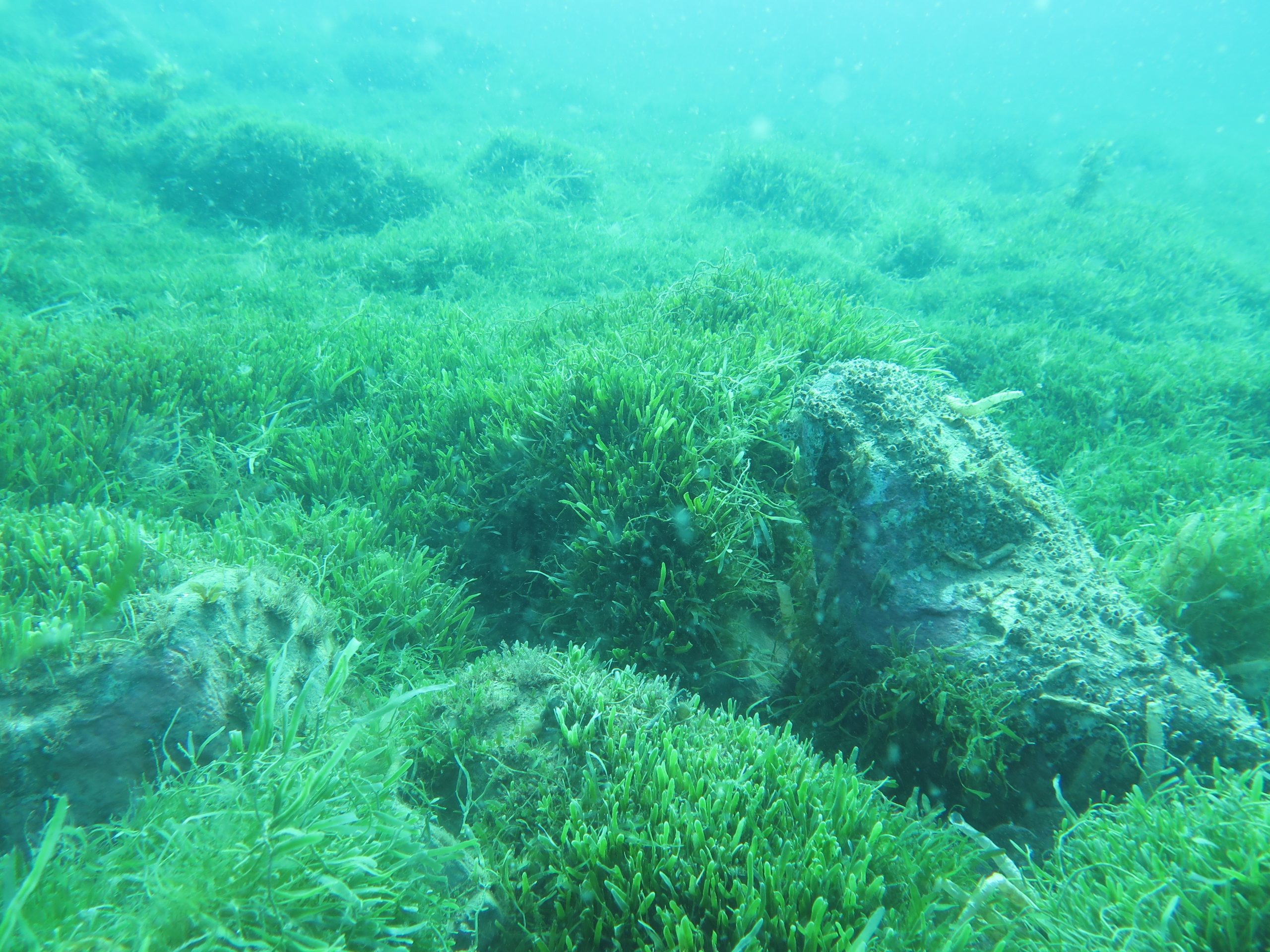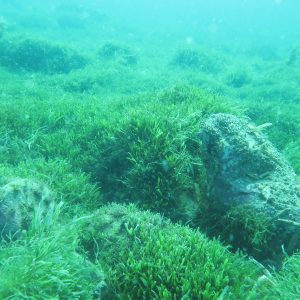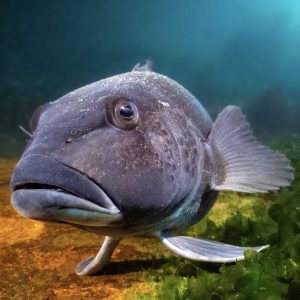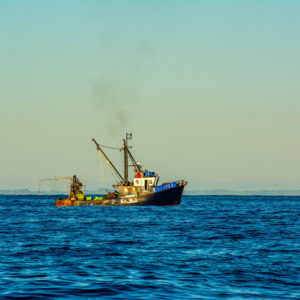You would consider yourself lucky if you were found alive 24 hours after falling overboard from a boat.
In January, a man was fishing solo out behind the Alderman Islands. Somehow he fell overboard and in little over 24 hours drifted in the currents to Mayor Island, over 55 km away from the Aldermans. Incredibly for him and his family, he was found alive.
If the currents and tides can carry a human this far, imagine the distance a small fragment of invasive seaweed can spread on the same currents. Particularly because the tides and currents flow day in and day out.
It may be easy to point the finger at boaties, and blame vessels and marine equipment for Caulerpa’s rapid infestation across the Hauraki Gulf, but we need to take a holistic look at the issue. While human behaviour undoubtedly makes a difference, our impact pales in comparison to the impact that billions of gallons of water travelling up and down the coast have on the spread of Caulerpa.
The sneaky, green exotic weed was first discovered at Aotea in 2021 covering over 16 hectares of seafloor. Now it has taken over Great Mercury Island, been found at Te Rawhiti Inlet in the Bay of Islands, and in the Hauraki Gulf around Waiheke Island, Kawau Island and more recently, Mokohinau and Rakino Islands.
The secret to Caulerpa’s ability to spread over such vast distances is pretty simple.
Caulerpa relies on the currents and tides to determine where it settles. In suitable conditions, wave action breaks off small fragments which are deposited in new areas where it then establishes. This natural reproduction process is called fragmentation. Interestingly it is nearly identical to how juvenile scallops ‘spat’ disperses.
In areas once occupied by scallop beds, Caulerpa can now be found as it benefits from the same currents for dispersal. Consider Iris Shoal near Kawau, where the vigorous currents of the North Channel once facilitated the settlement of scallop spat. Today, these historic scallop beds are now home to Caulerpa. Thankfully Ngāti Manuhiri have been leading the charge and are actively working to eradicate Caulerpa from Iris Shoal.
Craig Thorburn, a member of the Waiheke Marine Project Steering Committee and Trustee of Kelly Tarltons Marine Wildlife Trust, has been actively involved in the Caulerpa scene. He was one of the first people to notice that the facts were not adding up. “After frequently surveying the main anchorages at Waiheke and not finding Caulerpa we researched its [Caulerpa] natural dispersal processes. Realising that the weed spreads along the currents similar to scallop spat, applying this logic, we dove a historic scallop bed at Waiheke and found Caulerpa immediately”.
Continuing to present incomplete or misinformation is frustrating the community’s valiant efforts. MPIs’ lack of public acknowledgement on the impact of natural processes means that they have made little progress to combat or even appropriately monitor the spread of Caulerpa. Monitoring efforts need to be refined and the main currents and tides need to be a bigger part of the consideration. Where do we start? Easy, with historic scallop bed sites.
Finally, it is still important that we all play our part in preventing further spread and respect restrictions on anchoring and fishing in areas infested with Caulerpa. If you find yourself out diving, fishing, or walking along the beach and spot Caulerpa, please bag it up and report it to 0800 80 99 66.
Originally published in Mahurangi Matters, May 2024





